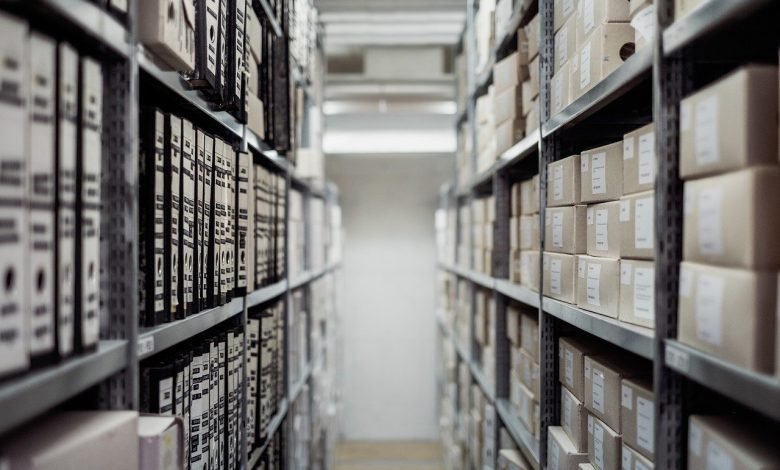How to Number Items in a Warehouse Inventory

Numbering items in a warehouse is extremely important for employees and warehouse staff to find what they’re looking for quickly and efficiently. A comprehensive system that is well thought out helps to reduce time and makes stock-taking of inventory easier.
It’s important to remember that most computerized systems will automatically update your inventory each time you update it. There are other handy things you need to consider, and here are the different ways that any warehouse can use to number inventory.
Keep Numbers Short
First and foremost, the inventory system should be numbered in a sequence from the lowest number to the highest. Don’t use more than eight characters because it can be more difficult if someone has to read or remember 10 numbers to locate an item. If your number sequence is too short, however, it could be mistaken for the quantity size of the item.
Keep the numbers between four and eight characters long and don’t try to allocate a description with letters. The best systems are completely alphanumeric because it takes the complexity out of the way. For larger warehouses, some systems that use letters can be helpful to categorize a large supply of inventory that is similar. For example, designating an acronym for a certain type of kitchen appliance versus a bathroom one.
Never Start With 0
It may seem logical to start from zero, but this can affect an entire inventory labeling system that uses digitized equipment. Any program that can help you to capture and create stock items will need to be imported or exported in Excel or a CSV format. Microsoft Excel automatically drops the first zeros in any field, so the items will no longer be accurate.
Instead of capturing item 010, the system will capture it as 10, which can mess with the whole system. Inventory numbering is computerized to deal with the massive load of items, and warehouses often use label printing software for this purpose. To find out more about inventory numbering look at https://www.diagraph.com/ for a variety of options.
Omit Symbols
Inventory numbers that have letters included should be completely free of most symbols. Using a comma, for example, might make the system pick up the item as a price rather than a stock code. If the system uses Excel, then any back or forward slashes can be confused with a date and the system will change it accordingly. The numbers may even get swapped around depending on the settings for the date format.
The only symbol that is generally safe to use is a dash to separate parts of the inventory number. Even these can get confused with digitized equipment so it’s best to stick to just numbers. If the warehouse chooses to include letters, O, I, and L should be avoided as they can be mistaken for numbers.
Whether a warehouse uses aisles to store inventory or racks, each numbering system needs to be carefully planned out to find a system that is easy to use. The proper numbering technique can increase warehouse efficiency and reduce turnaround times for deliveries.






